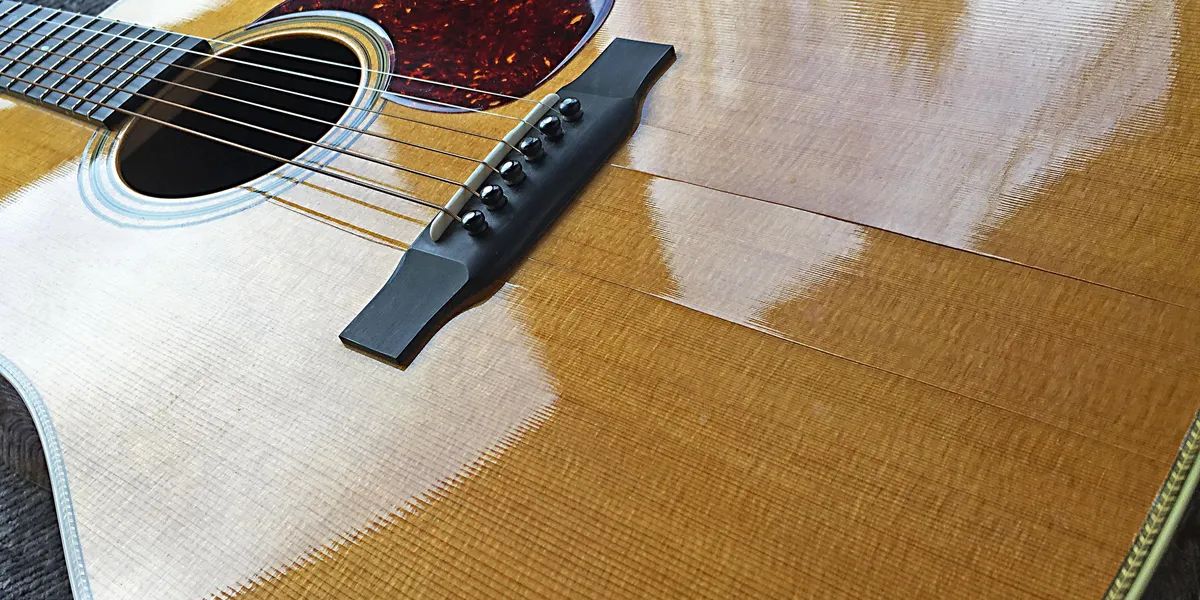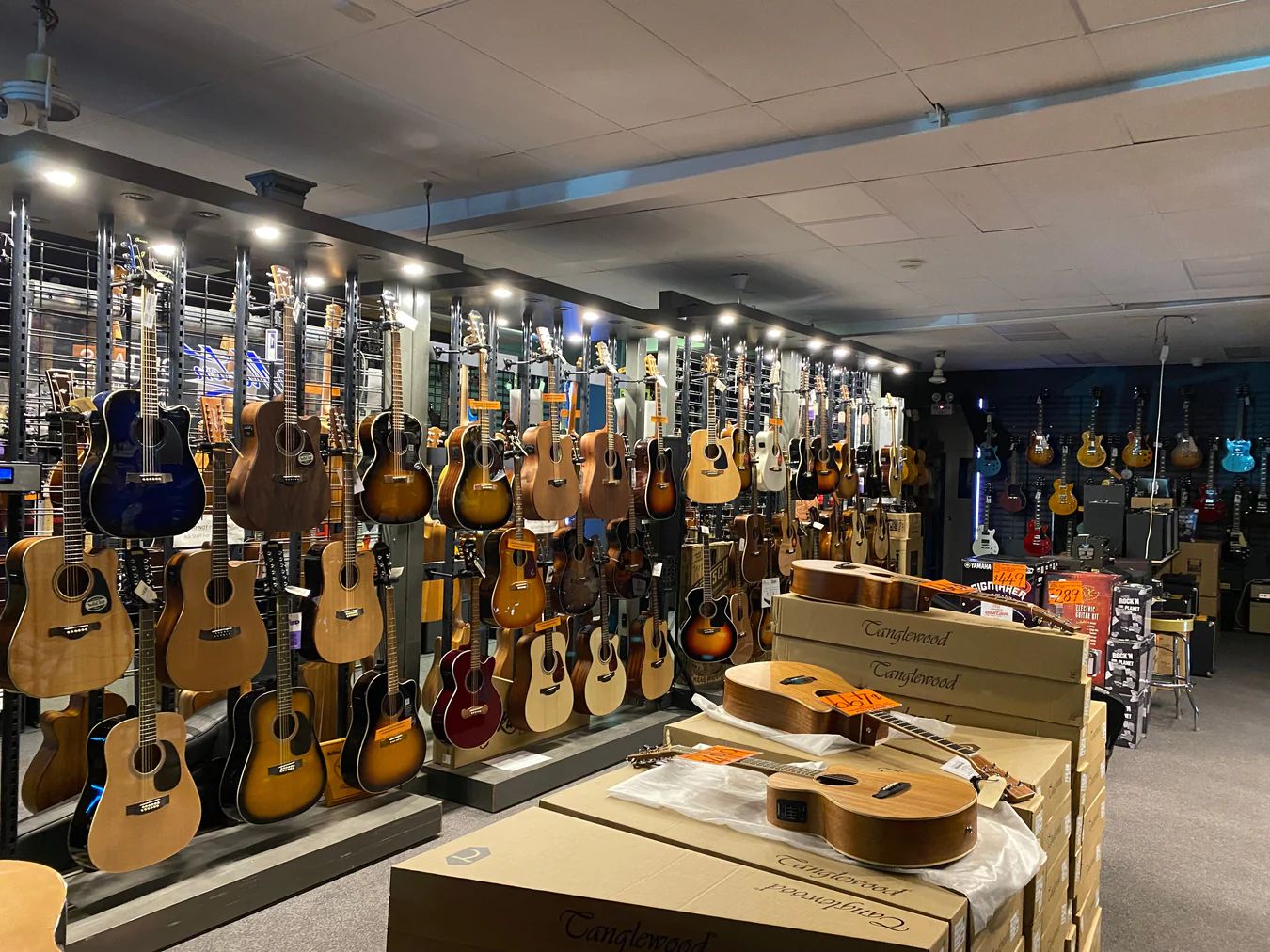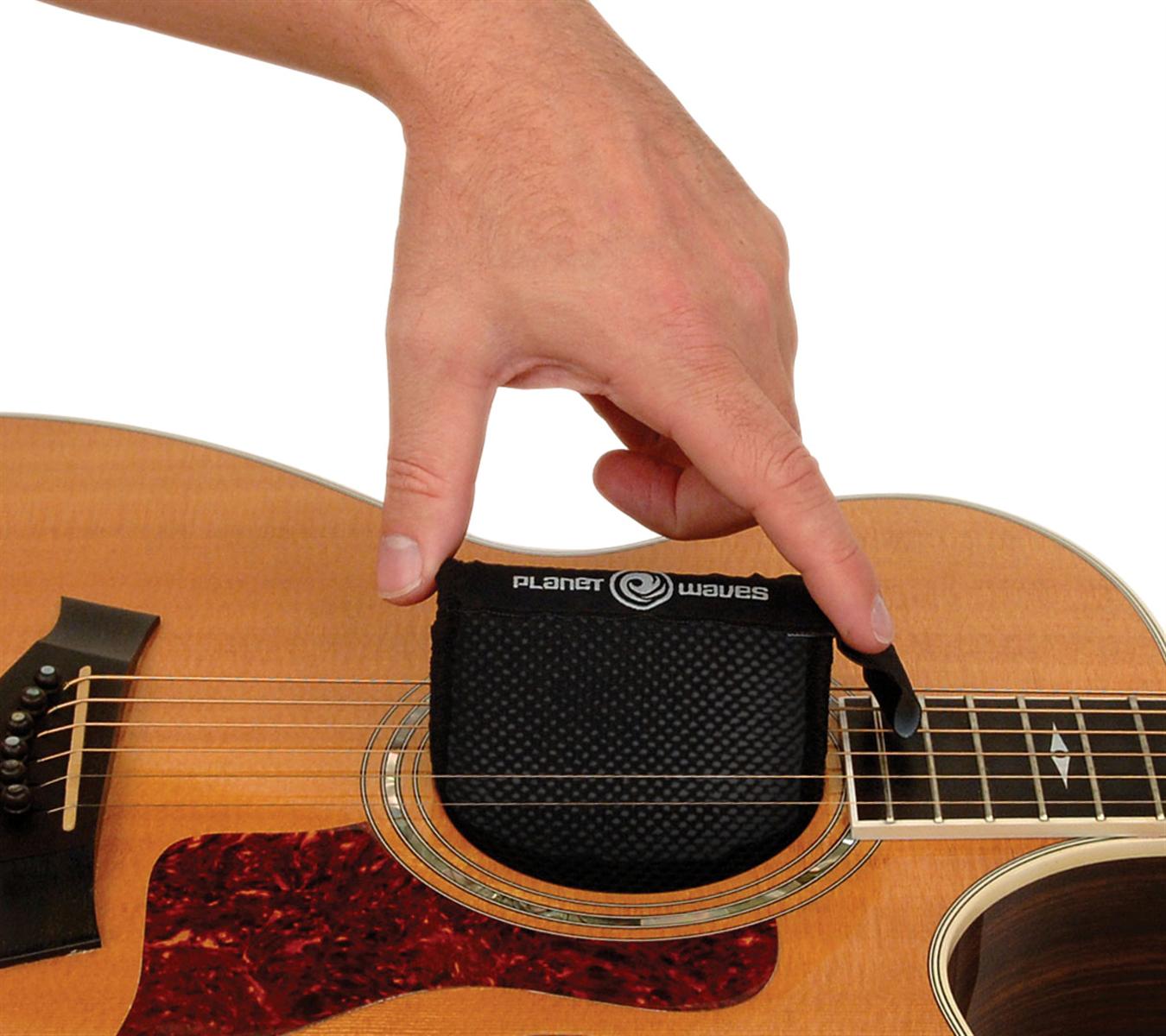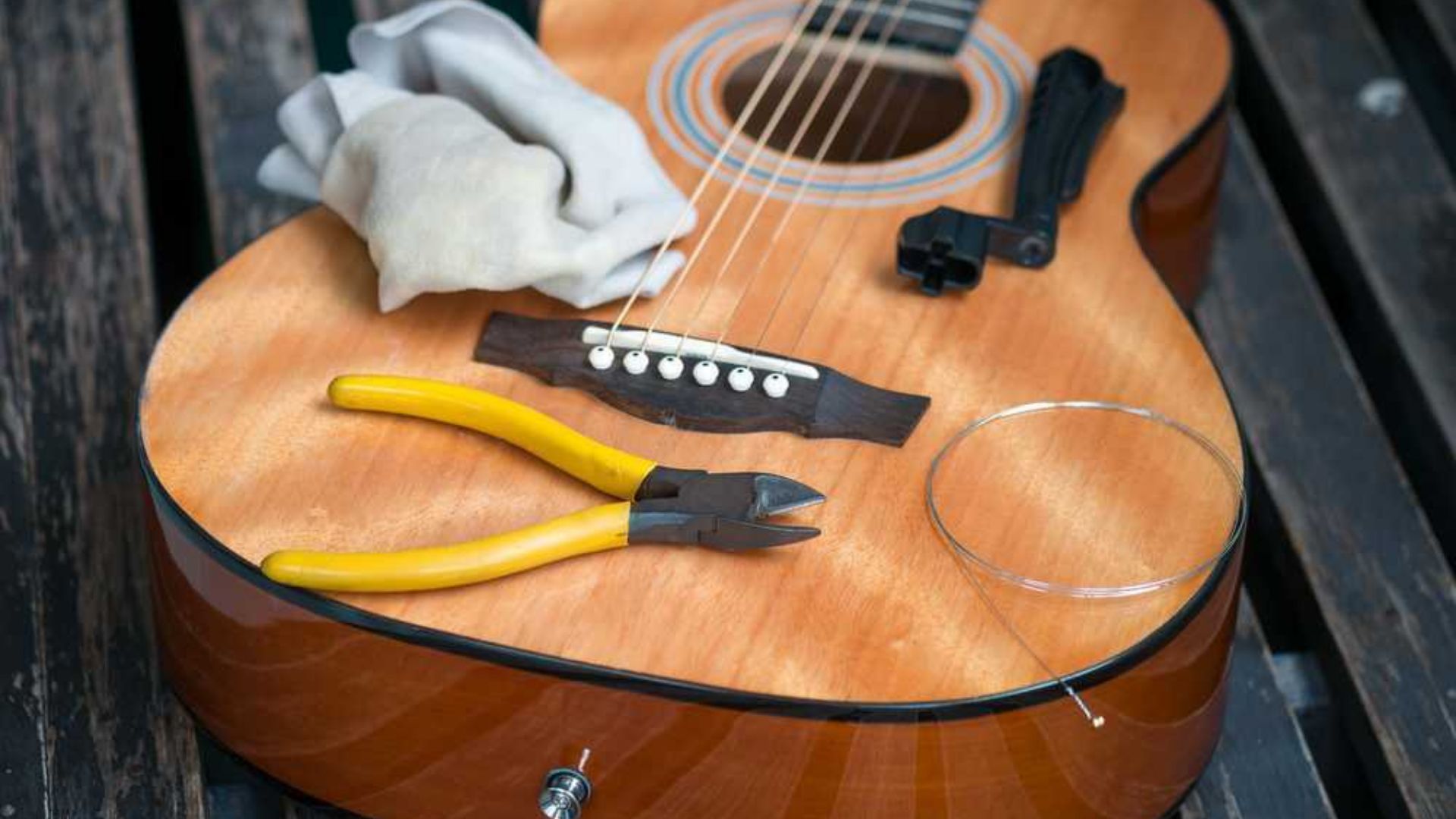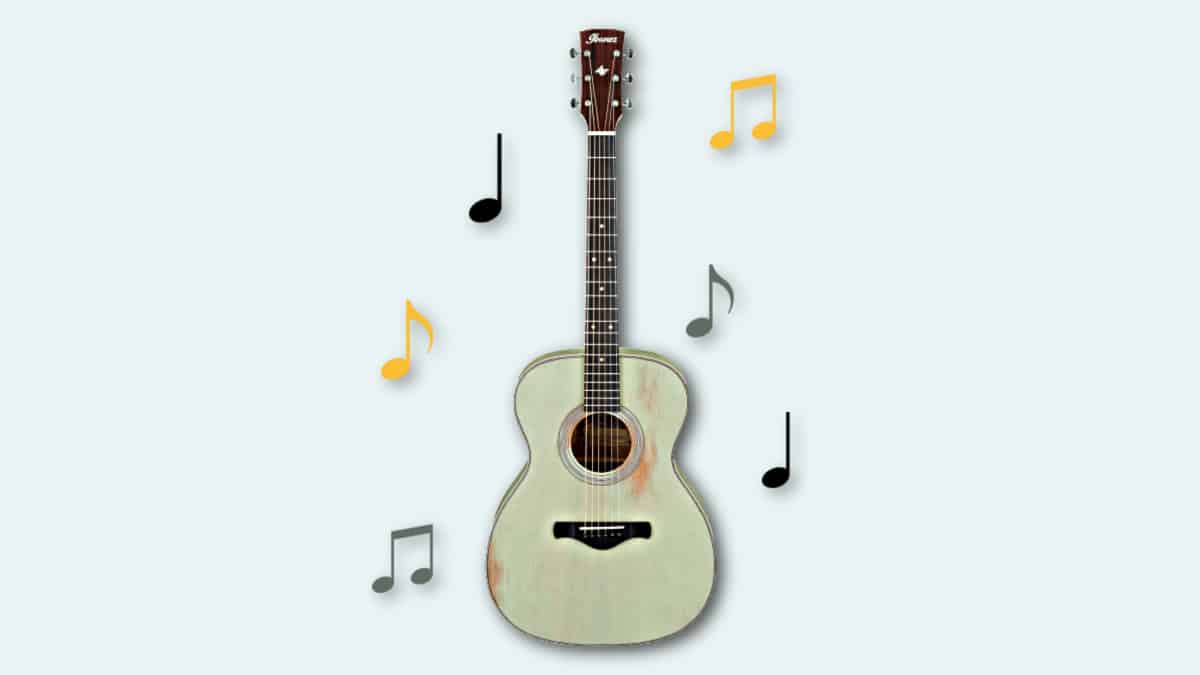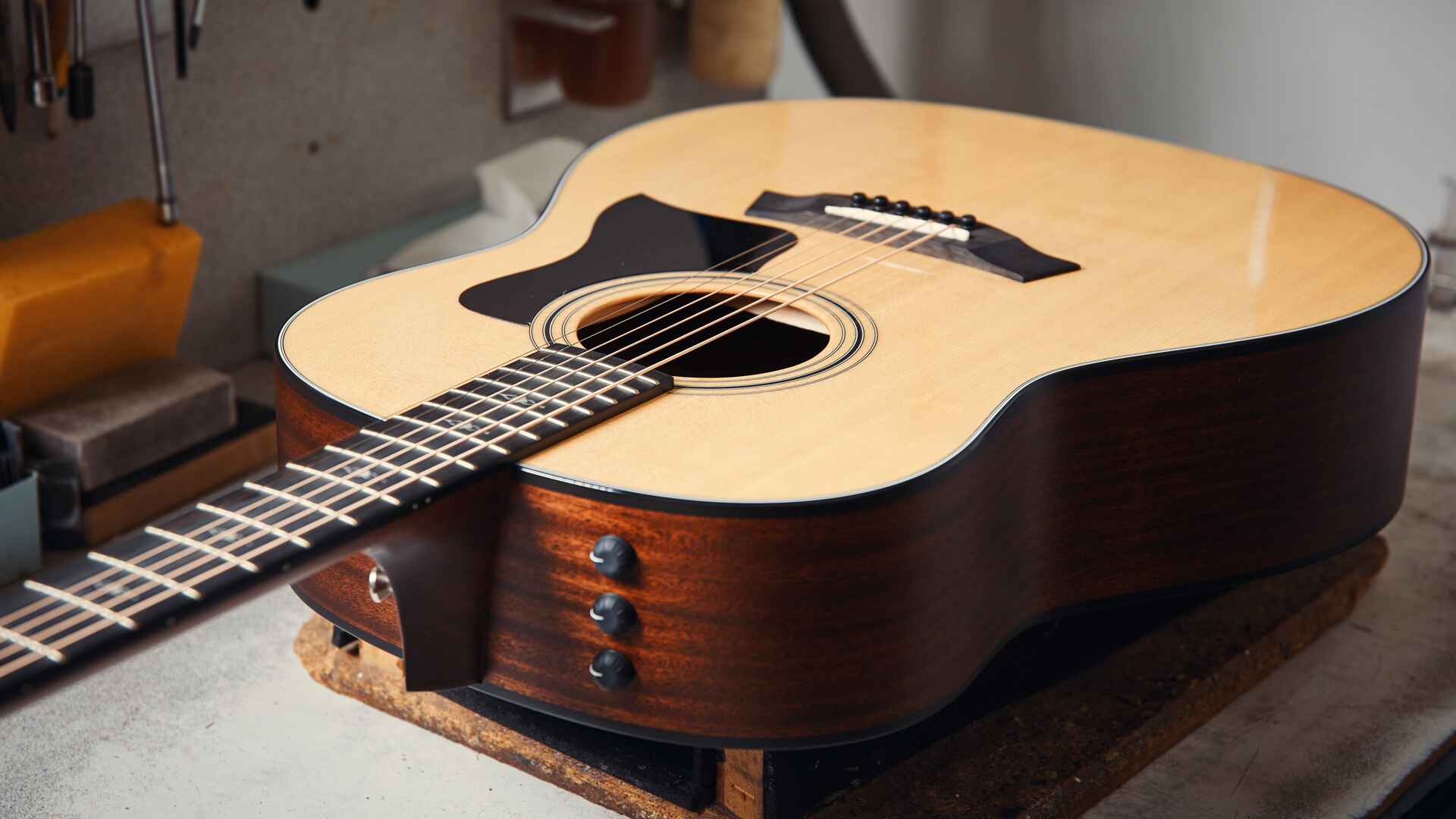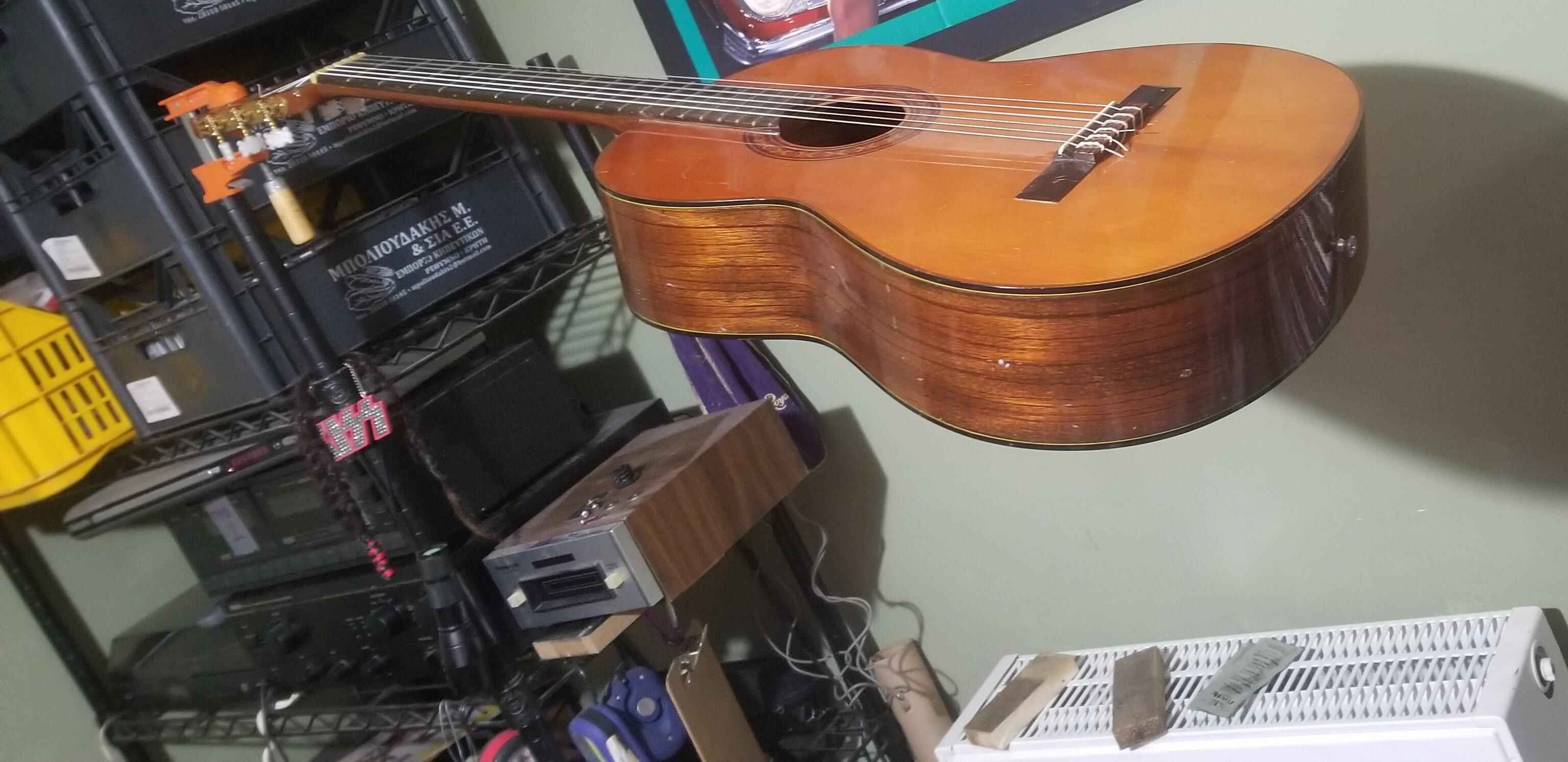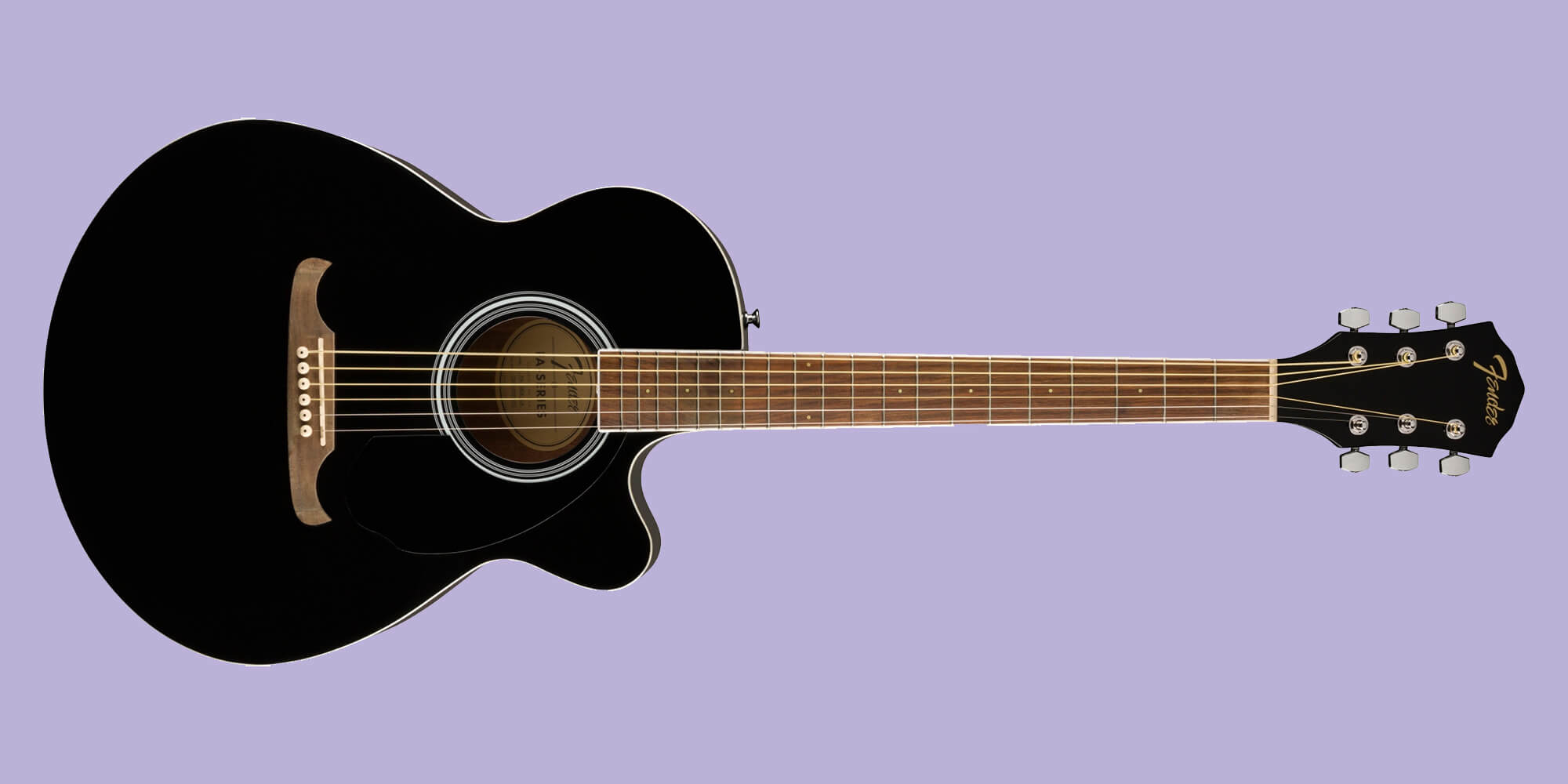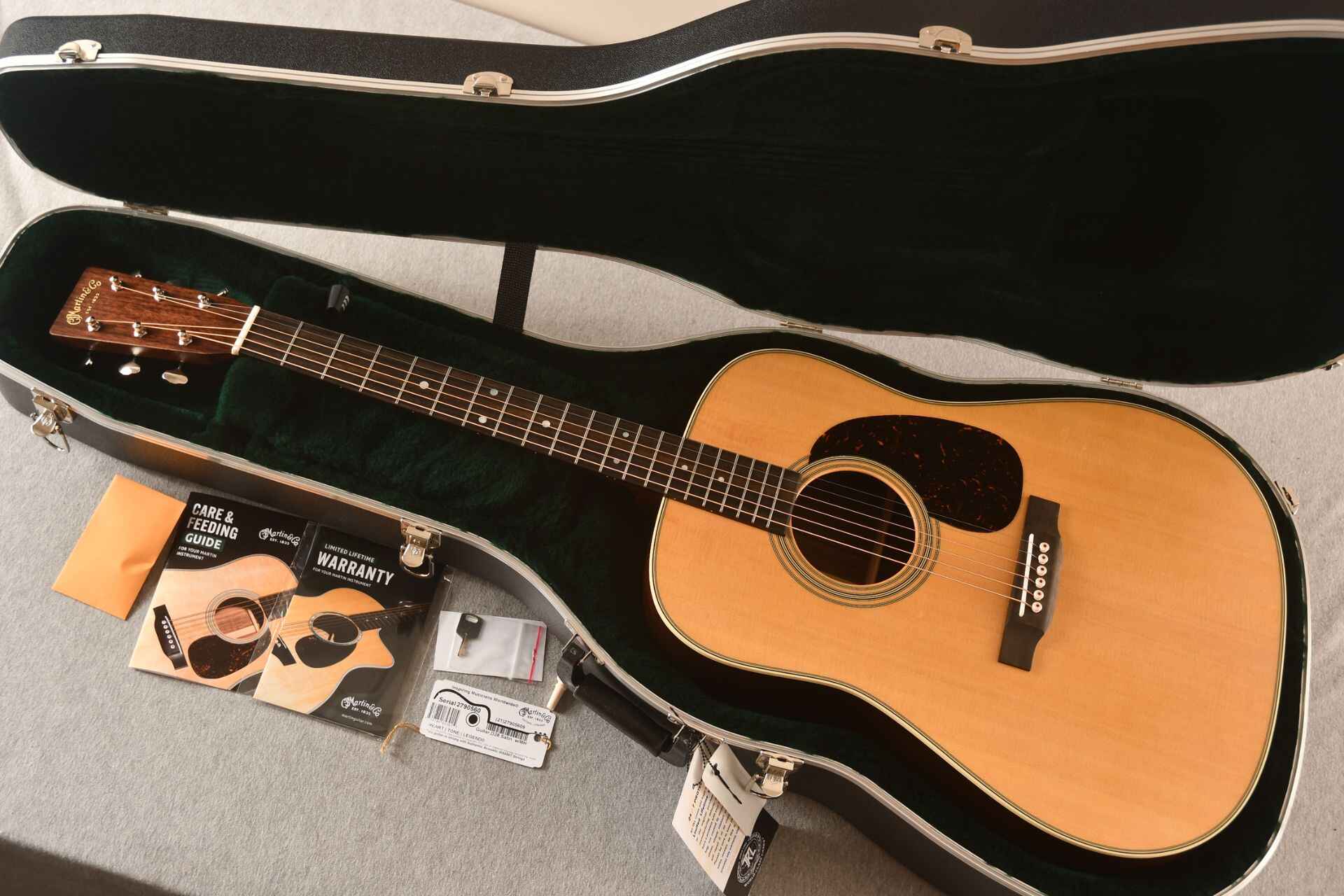Why Humidity Level is Important for Acoustic Guitars
Maintaining the proper humidity level is crucial for preserving the integrity and sound quality of acoustic guitars. Wood, the primary material used in crafting acoustic guitars, is highly susceptible to changes in humidity. When exposed to excessive moisture, wood can swell and warp, leading to a host of issues such as cracked bodies, lifted bridges, and distorted necks. Conversely, in dry conditions, wood contracts, which can cause structural damage and negatively impact the tonal characteristics of the instrument.
The impact of humidity on acoustic guitars is particularly significant due to the instrument's construction. The soundboard, typically made of spruce or cedar, is especially sensitive to humidity fluctuations. Changes in humidity can affect the tension of the strings, altering the guitar's action and playability. Moreover, fluctuations in humidity can lead to tuning instability, as the wood expands and contracts, affecting the placement and tension of the frets.
The importance of maintaining the appropriate humidity level extends beyond the physical integrity of the instrument. It also directly influences the tonal quality and resonance of the guitar. An excessively dry environment can result in a brittle and lifeless sound, while excessive moisture can lead to a muddy and muffled tone.
In essence, the humidity level profoundly impacts the playability, longevity, and tonal characteristics of acoustic guitars. Therefore, understanding and managing humidity levels is essential for preserving the instrument's structural integrity and ensuring optimal sound quality.
Understanding the Ideal Humidity Range for Acoustic Guitars
Acoustic guitars thrive within a specific humidity range, typically between 45% and 55%. This range provides an optimal environment for the wood to maintain its dimensional stability, ensuring the instrument’s longevity and sonic performance. When the humidity falls below this range, the wood contracts, potentially leading to cracks, fret sprout, and diminished resonance. Conversely, when the humidity surpasses this range, the wood swells, increasing the risk of warping, lifting bridges, and compromising the guitar’s structural integrity.
It’s important to note that drastic fluctuations in humidity, even within the ideal range, can still impact the guitar. Sudden changes can stress the wood, leading to subtle yet consequential alterations in the instrument’s playability and tonal characteristics. Therefore, maintaining a consistent humidity level within the recommended range is paramount for the well-being of the acoustic guitar.
Various factors can influence the humidity level, including geographical location, seasonal changes, and indoor heating or cooling systems. For instance, regions with arid climates may necessitate the use of humidification devices to prevent the wood from drying out, while humid environments may require dehumidification measures to mitigate excessive moisture. Additionally, seasonal transitions, especially from humid summers to dry winters, can pose challenges, making it essential for guitar owners to remain vigilant in monitoring and adjusting the humidity level accordingly.
Understanding the ideal humidity range for acoustic guitars is fundamental to preserving the instrument’s condition and sonic characteristics. By maintaining a consistent humidity level within the recommended range, guitar enthusiasts can safeguard their instruments against the detrimental effects of environmental fluctuations, ensuring that their guitars continue to resonate with exceptional tonal clarity and structural integrity.
Tips for Maintaining the Right Humidity Level
Ensuring that the humidity level remains within the optimal range for acoustic guitars requires proactive measures and diligent care. Here are several practical tips to help maintain the right humidity level:
- Use a Hygrometer: Investing in a reliable hygrometer is essential for accurately monitoring the humidity level in the guitar’s environment. Hygrometers are available in analog and digital forms, providing real-time readings to guide humidity management decisions.
- Humidify or Dehumidify as Needed: Depending on the environmental conditions, utilize humidifiers to add moisture to the air in dry climates, or employ dehumidifiers to reduce excess humidity in damp settings. This proactive approach helps mitigate the adverse effects of fluctuating humidity on the guitar.
- Utilize Guitar Humidifiers: For dry conditions, utilizing guitar-specific humidifiers, such as soundhole humidifiers or case humidifiers, can effectively maintain the instrument’s moisture content, preventing the wood from drying out and succumbing to damage.
- Store Guitars Properly: When not in use, store acoustic guitars in a protective case with a humidification system, especially in environments prone to extreme humidity variations. This practice safeguards the instrument from environmental influences and promotes consistent humidity levels.
- Regulate Room Humidity: Implementing room-wide humidity control measures, such as using central humidifiers or dehumidifiers, can benefit not only the guitars but also the overall indoor air quality. This approach is particularly beneficial in regions where seasonal humidity fluctuations are pronounced.
- Regularly Inspect and Adjust: Routinely inspect the guitar for any signs of humidity-related issues, such as fret sprout, cracks, or changes in playability. Additionally, adjust the humidity management strategies based on seasonal and environmental changes to ensure continuous protection for the instrument.
By adhering to these tips and integrating proactive humidity management practices into guitar care routines, enthusiasts can effectively preserve the structural integrity and sonic excellence of their acoustic guitars, ensuring that these cherished instruments continue to resonate with exceptional clarity and musicality.
Tools and Products for Monitoring and Controlling Humidity Levels
Effectively managing the humidity levels for acoustic guitars involves the utilization of specialized tools and products designed to monitor and regulate environmental moisture. The following instruments and solutions play a pivotal role in maintaining the ideal humidity range for the preservation of acoustic guitars:
- Hygrometers: These devices are indispensable for accurately measuring the relative humidity in the guitar’s environment. Digital hygrometers offer precise readings and often include features such as temperature display and high/low memory to track humidity fluctuations over time. Analog hygrometers, with their classic aesthetic, provide a traditional yet reliable means of monitoring humidity levels.
- Guitar Humidifiers: Specifically crafted to cater to the unique humidity needs of acoustic guitars, guitar humidifiers come in various forms, including soundhole humidifiers, soundboard humidifiers, and case humidifiers. These devices release moisture gradually, safeguarding the guitar from the detrimental effects of low humidity.
- Humidification Systems: Room-wide humidification systems, such as central humidifiers, ultrasonic humidifiers, and evaporative humidifiers, offer comprehensive humidity control for larger spaces. These systems are beneficial in maintaining consistent humidity levels throughout the entire room or building, benefiting not only the guitars but also the overall indoor environment.
- Dehumidifiers: In environments with excessive moisture, dehumidifiers play a crucial role in reducing humidity levels to the optimal range. These devices help prevent the adverse effects of high humidity, such as wood swelling and mold growth, thereby preserving the structural integrity of acoustic guitars.
- Humidity Control Packs: Designed to maintain a specific humidity level within an enclosed space, humidity control packs, often utilizing salt-based solutions, offer a convenient and low-maintenance method of regulating the moisture content within guitar cases or storage areas.
- Climate-Controlled Guitar Cabinets: For enthusiasts with extensive guitar collections, climate-controlled guitar cabinets provide a dedicated and regulated environment for storing and showcasing valuable instruments. These cabinets often feature built-in humidification and dehumidification systems to ensure precise humidity management.
By incorporating these tools and products into the care regimen for acoustic guitars, enthusiasts can proactively monitor and control humidity levels, safeguarding their instruments against the detrimental effects of environmental moisture fluctuations. Additionally, these solutions contribute to the preservation of the guitars’ tonal excellence and structural integrity, ensuring that these cherished instruments continue to resonate with exceptional clarity and musicality.







